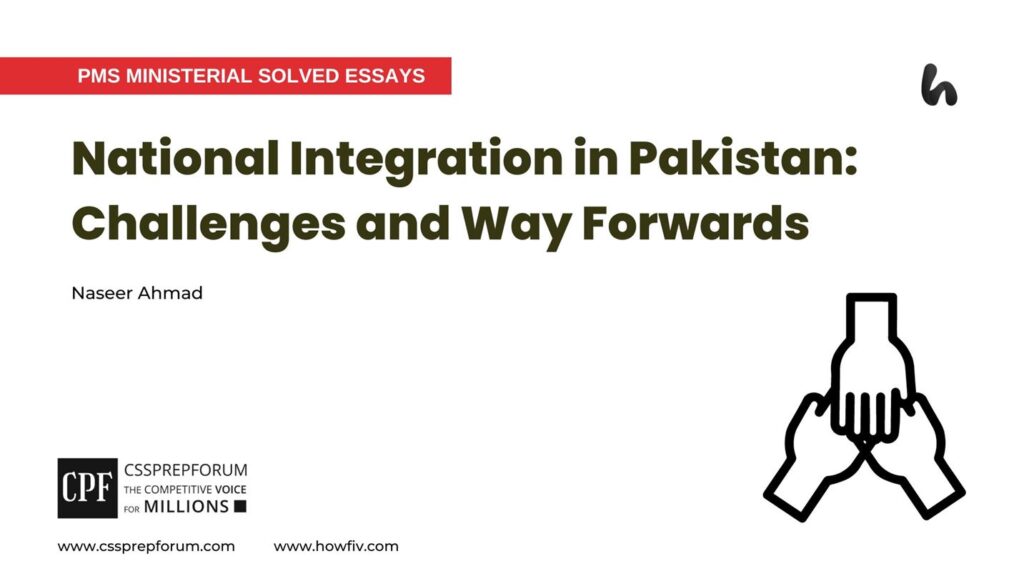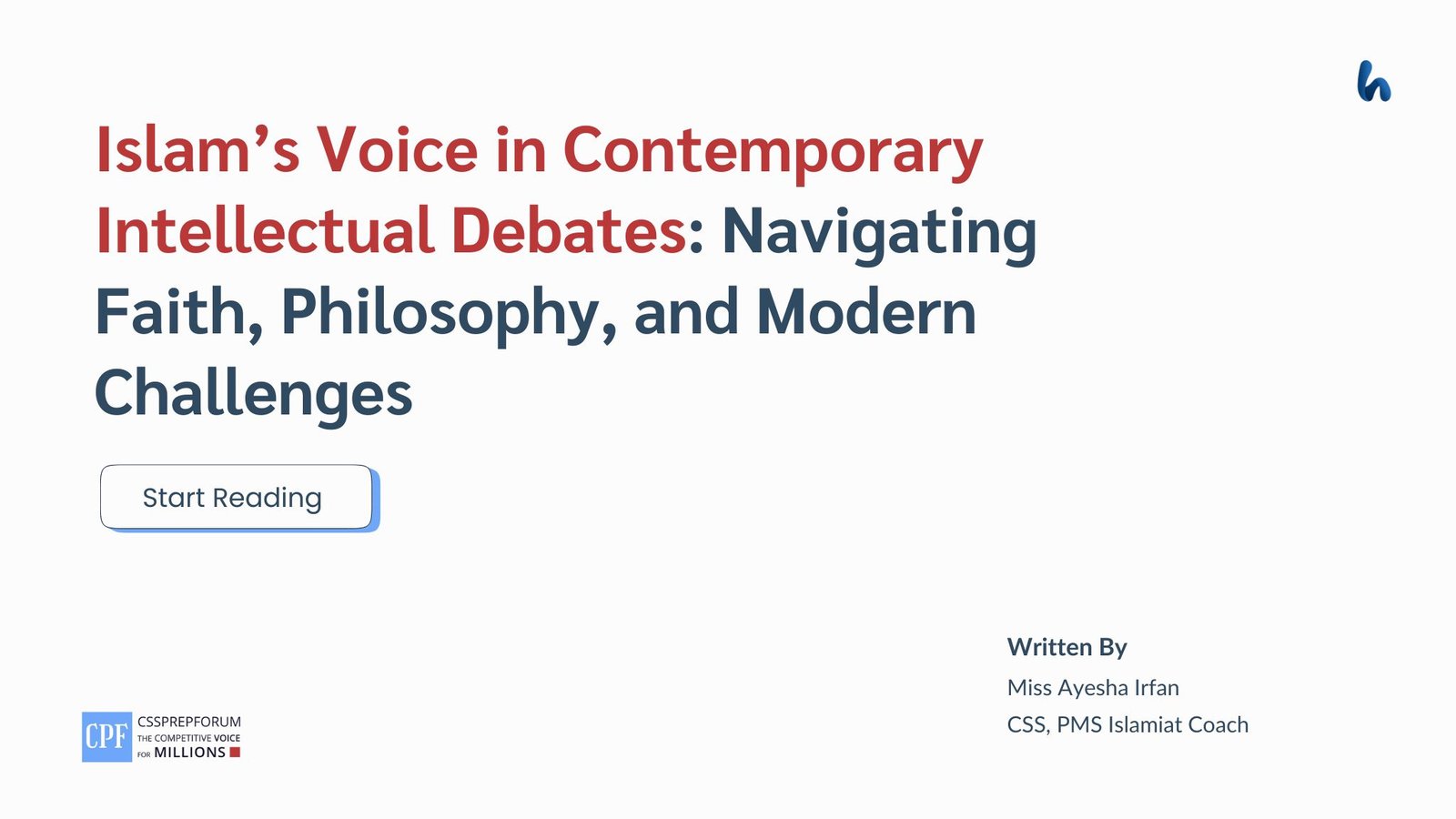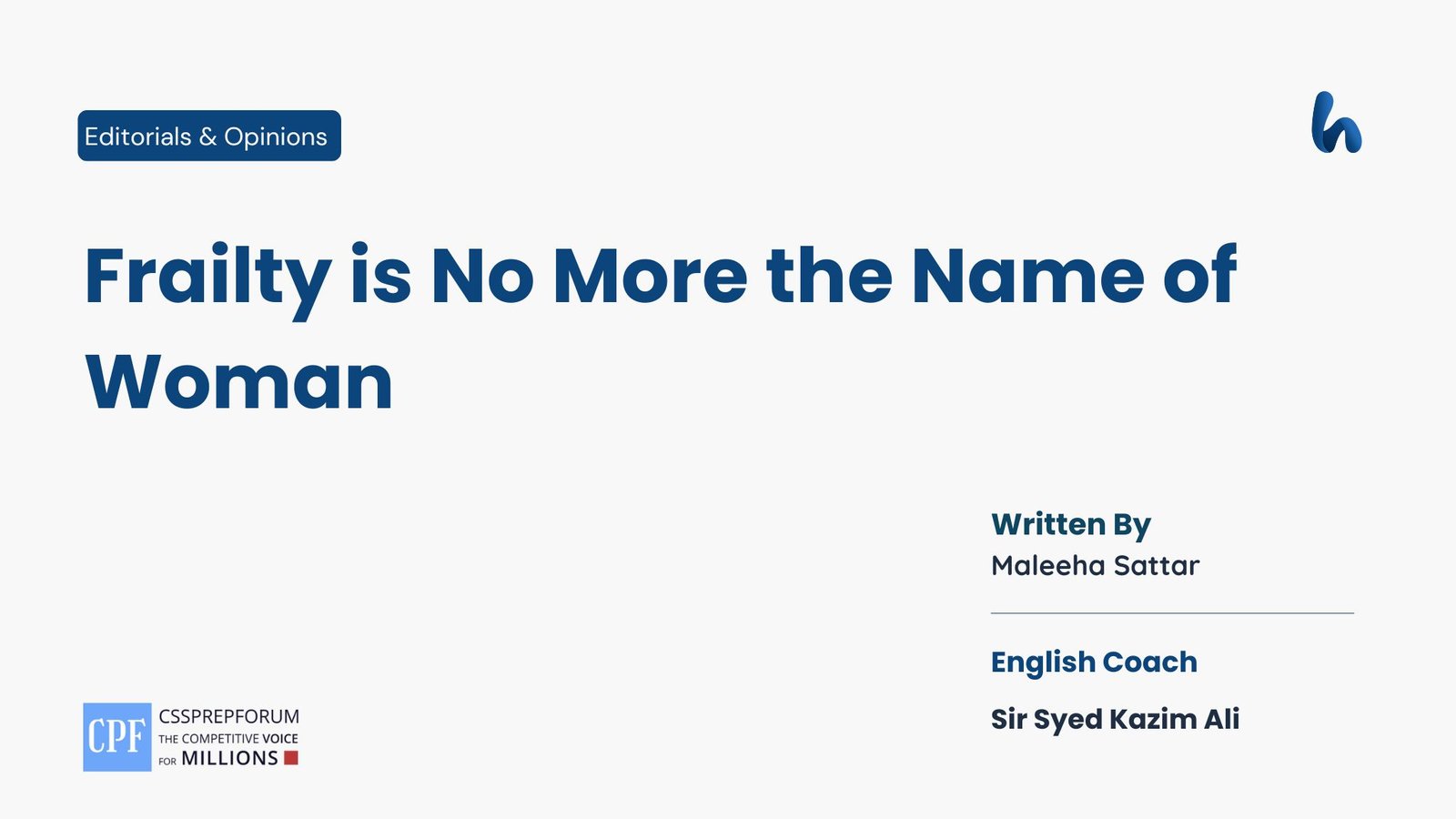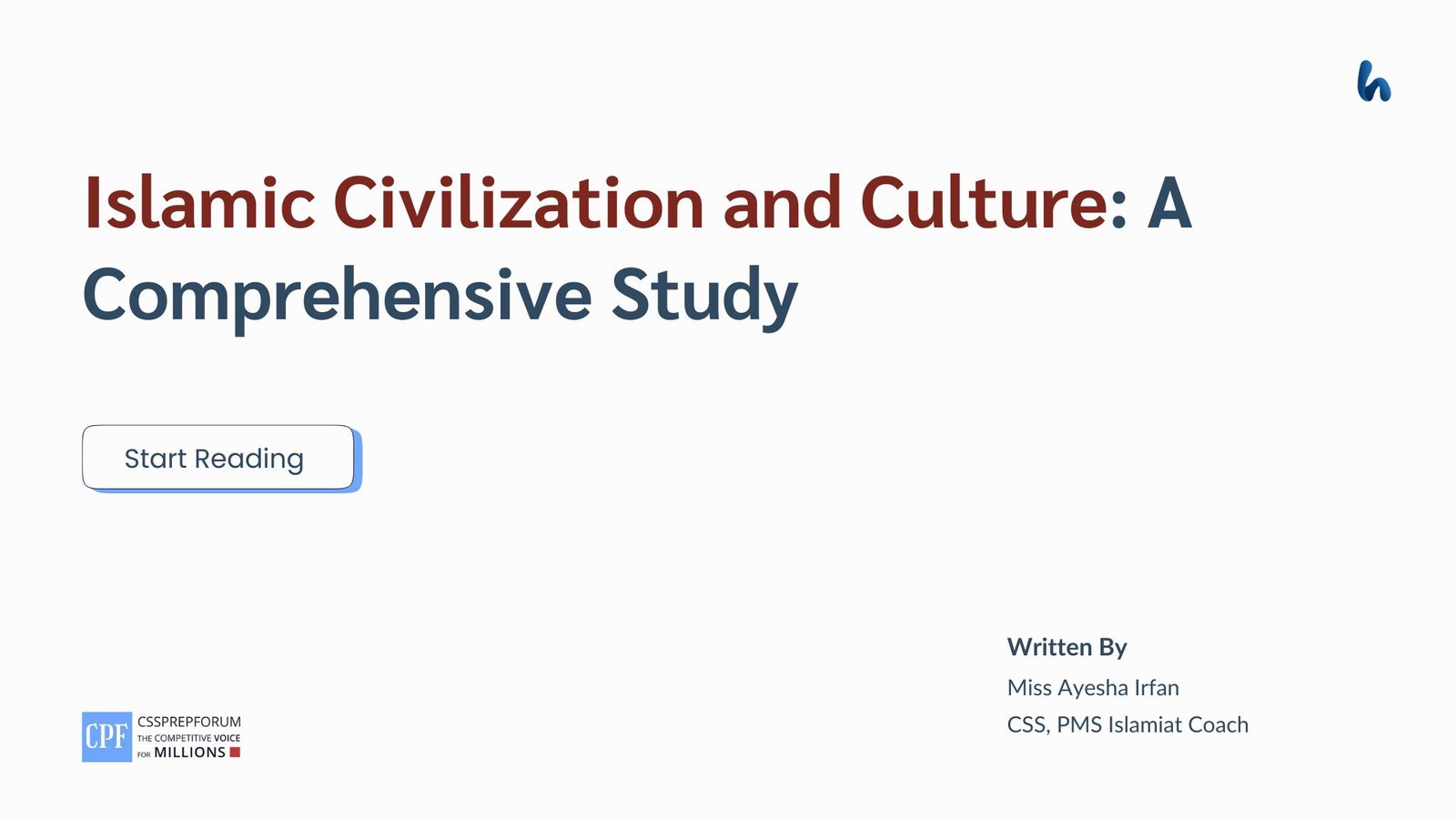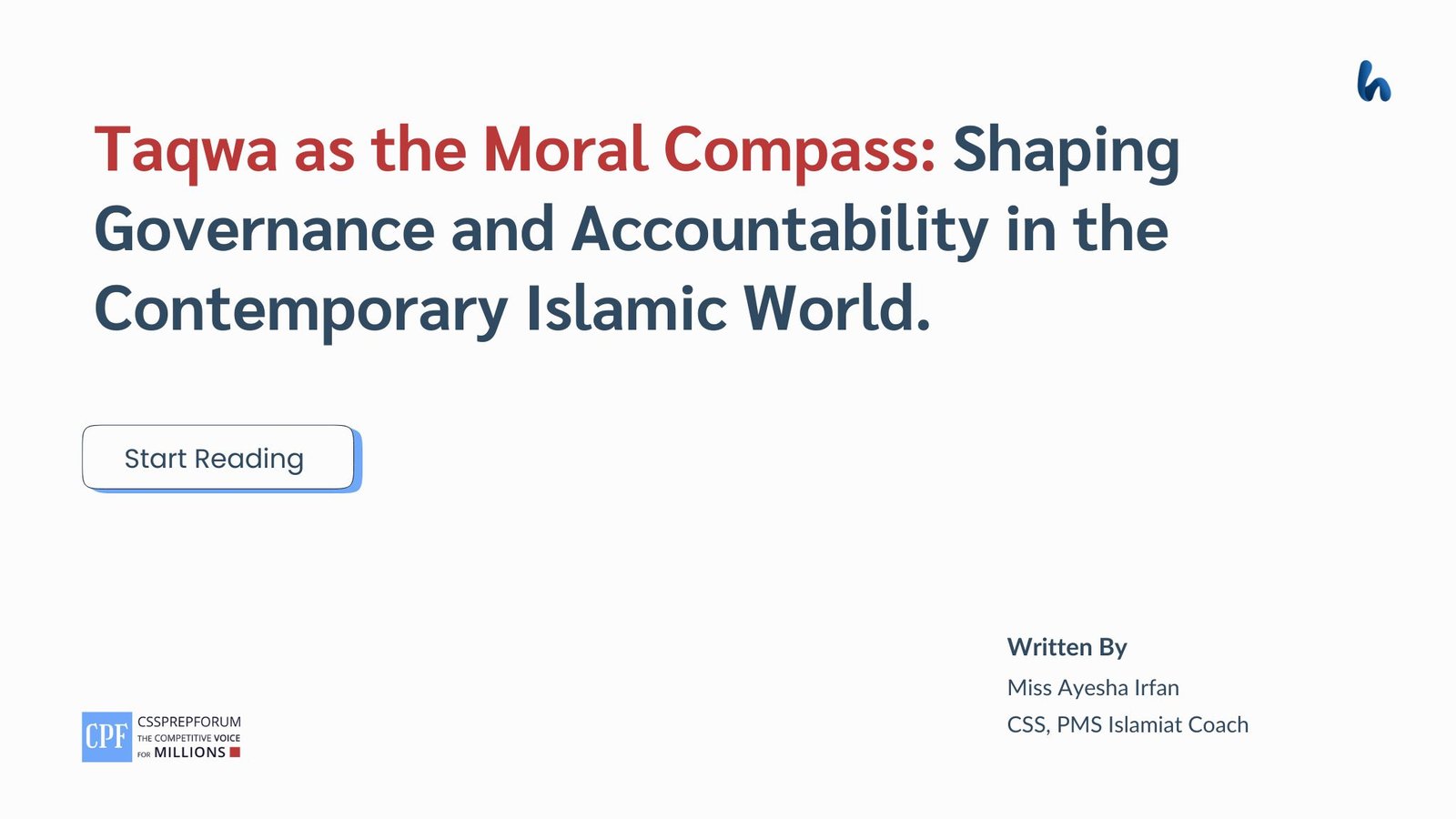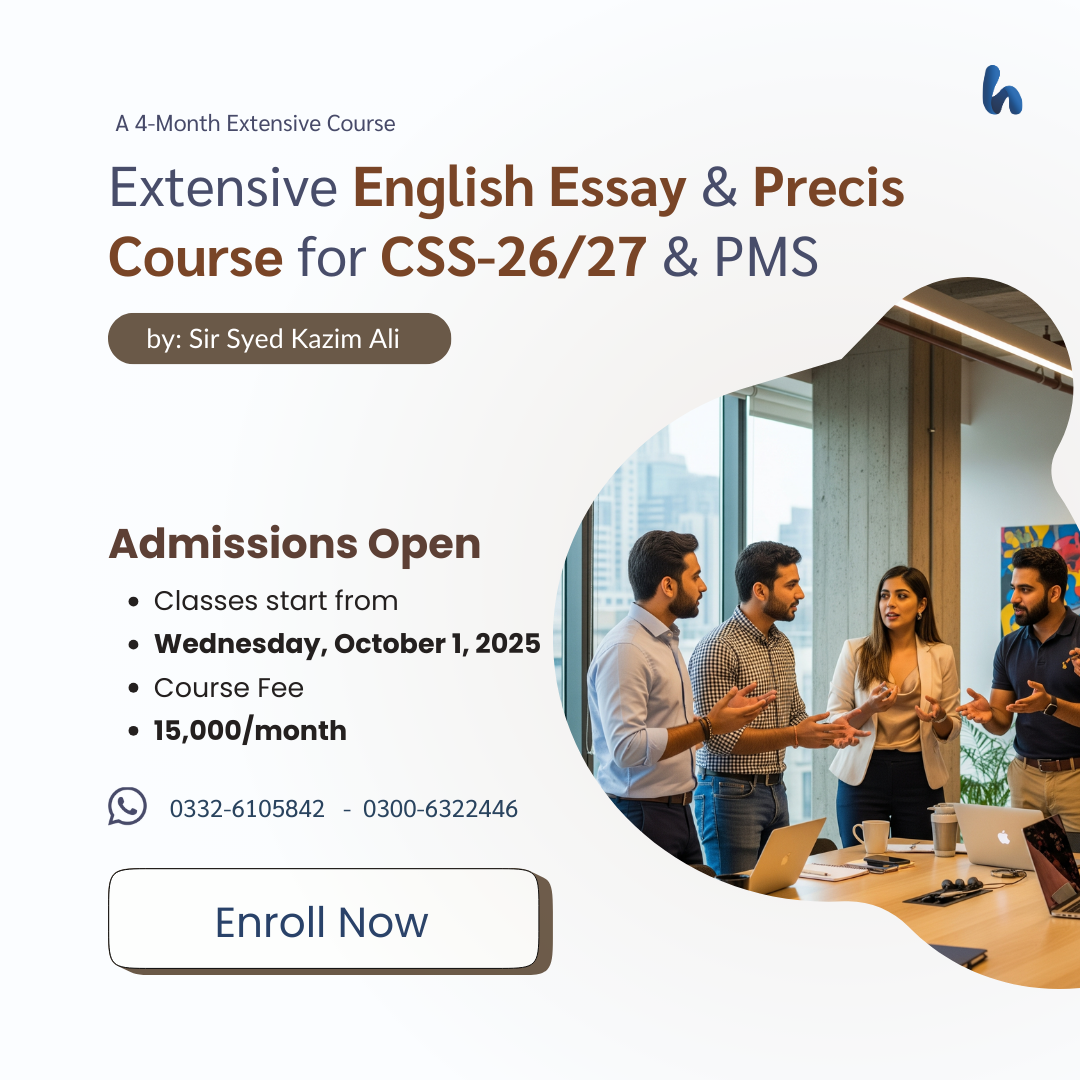PMS Ministerial Solved Essays | National Integration in Pakistan: Challenges and Way Forwards
This PMS Ministerial essay “National Integration in Pakistan: Challenges and Way Forwards” is attempted by Naseer Ahmad on the given pattern, which Sir Syed Kazim Ali teaches to his students, who have consistently been qualifying their CSS, and PMS essays. Sir Syed Kazim Ali has been Pakistan’s top English writing and CSS, PMS essay and precis coach with the highest success rate of his students. The essay is uploaded to help other competitive aspirants learn and practice essay writing techniques and patterns.
How To Attempt 25-Marks PMS Ministerial Essay?
Most aspirants think a PMS Ministerial Essay is just a shorter version of a CSS or PMS essay; but the truth is, its structure, scoring logic, and examiner expectations are very different. In fact, in just 80–100 words, your introduction alone can decide whether you pass or fail. The outline you write, the way you frame your thesis statement, and the precision of your arguments in body paragraphs all combine to make or break your score.
If you want to see solved PMS Ministerial Essays from top scorers, learn the exact format Sir Syed Kazim Ali teaches his students, and uncover the step-by-step approach that officers themselves used to qualify, click the links below before you try to attempt an essay by yourself.

National Integration in Pakistan: Challenges and Way Forwards
Outline
Introduction
Pakistan’s national integration depends on addressing ethnic divisions and socioeconomic inequalities while harnessing shared cultural heritage and the potential of its youth, supported by governance reforms such as strengthened provincial autonomy.
Understanding the Significance of National Integration
What are the most pressing challenges that have hindered Pakistan’s journey toward national integration?
- Persistent ethnic and linguistic rivalries fragment Pakistan’s social fabric.
Evidence: PILDAT report (2023) highlights that ethnic mistrust among provinces remains a significant barrier to integration, with 62% of respondents prioritizing ethnic over national identity. - Unequal wealth distribution intensifies feelings of exclusion and fosters separatist tendencies.
Evidence: World Bank (2022) states that the richest 20% in Pakistan control over 41% of national income, while poverty rates in Baluchistan remain above 40%.
How can Pakistan turn its diversity into a binding force rather than a source of division to reap maximum opportunities?
- Common religious and cultural foundations can unify citizens under shared values.
Evidence: Pew Research (2020) found that 96% of Pakistanis consider Islam central to their identity, providing a common platform for integration. - Pakistan’s youth majority can offer a vital human resource for national development and unity.
Evidence: UNDP (2021) reports that 64% of Pakistan’s population is under 30, representing an unprecedented opportunity for inclusive national engagement.
What structural reforms can directly address these challenges while strengthening unity?
- Expanding provincial autonomy under the 18th Amendment to address grievances and promote trust between the center and provinces.
Conclusion

Nations are not built merely by borders but by bonds of trust, shared values, and collective purpose. Since its creation in 1947, Pakistan’s path toward unity has been marked by both hope and hardship. The country’s rich diversity in culture, language, and ethnicity has often been overshadowed by political instability, socioeconomic disparities, and ethnic tensions. These persistent divides have slowed the process of building a strong and united nation. To address these issues effectively, it is crucial to examine both the barriers to national integration and the opportunities that can strengthen it. Pakistan’s national integration depends on tackling ethnic divisions and economic inequalities while leveraging shared cultural heritage and the potential of its youth, supported by sound governance reforms. This essay discusses national integration in Pakistan, focusing on its key challenges and promising opportunities, while offering a viable path forward through policy reforms.
Before examining the challenges that hinder national integration in Pakistan, it is essential to grasp the concept itself. National integration refers to the process of fostering a sense of unity among diverse communities within a nation. In Pakistan’s case, this pursuit has been complicated by historical grievances, uneven patterns of economic development, and persistent political instability. Yet, the same diversity that often acts as a source of tension holds the potential to become the foundation for a stronger, more inclusive national identity, if managed with wisdom and fairness.
To understand the roots of Pakistan’s integration problem, it is essential to address the ethnic and linguistic divides that have persisted for decades. Ethnic and linguistic rivalries have always been the most persistent obstacles to national integration in Pakistan. These divisions, shaped by historical grievances and political neglect, have created mistrust between provinces and weakened the sense of national belonging. The PILDAT report (2023) highlights that ethnic mistrust among provinces remains a significant barrier to integration, with 62% of respondents prioritizing ethnic over national identity. This data underscores how sub-national loyalties often override a shared national vision, making it difficult to develop unified policies and foster social cohesion. Without targeted efforts to promote inter-provincial understanding and equitable representation, these divisions will continue to erode the foundations of national unity.
Alongside ethnic tensions, socioeconomic inequality remains a formidable barrier to integration. The uneven distribution of wealth and resources across regions creates resentment and a perception of systemic neglect. According to the World Bank (2022), the richest 20% of Pakistan’s population control over 41% of the national income, while poverty rates in Baluchistan exceed 40%. This stark contrast between prosperity and deprivation fuels separatist sentiments and alienates marginalized communities from the national mainstream. Unless the state implements policies that ensure fair resource allocation and economic opportunities for all regions, economic disparity will continue to undermine the prospects for a truly united Pakistan.
While the challenges are significant, Pakistan also holds considerable opportunities for integration. And the powerful opportunity for fostering national integration in Pakistan lies in its shared cultural and religious foundations. These common values form a natural bridge between diverse communities, offering a unifying platform for dialogue and cooperation. Pew Research (2020) found that 96% of Pakistanis consider Islam central to their identity, providing a common platform for integration. This shared religious identity can be mobilized to promote tolerance, empathy, and a collective sense of purpose among citizens. By embedding these values into educational curricula, media narratives, and community programs, Pakistan can transform cultural diversity from a dividing factor into a source of mutual respect and national pride.
Another significant opportunity for strengthening national unity is Pakistan’s youthful population. This demographic majority possesses the energy, creativity, and adaptability needed for nation-building. The UNDP (2021) reports that 64% of Pakistan’s population is under 30, presenting an unprecedented opportunity for inclusive engagement. If properly educated, skilled, and politically engaged, these young citizens can play a transformative role in bridging regional, linguistic, and socioeconomic divides. Through targeted investment in youth development, vocational training, and civic participation, Pakistan can harness this demographic dividend to create a generation committed to shared progress and national solidarity.
For these opportunities to bear fruit, structural reforms are essential. A practical step toward improving national integration is the enhancement of provincial autonomy. By granting provinces greater control over their resources and decision-making, the state can address long-standing grievances and build inter-provincial trust. The SDPI governance review (2021) found that provinces with greater fiscal control showed higher satisfaction levels among residents. This finding demonstrates that local governance, when empowered, leads to a stronger sense of belonging and shared responsibility among citizens. Implementing this approach under the framework of the 18th Amendment would not only improve service delivery but also foster an environment where provinces feel equally invested in the nation’s success.
In conclusion, national integration in Pakistan hinges on addressing entrenched challenges while capitalizing on its inherent strengths. Ethnic divisions and socioeconomic disparities remain formidable barriers, but the country’s shared cultural values and youthful population offer powerful opportunities for unity. Strengthening provincial autonomy can bridge the trust gap between the center and the provinces, ensuring more equitable governance. If Pakistan can strategically manage its diversity, foster inclusivity, and invest in its people, it can transform its divisions into a foundation for lasting solidarity and national progress.
PMS Ministerial Solved Past Papers’ Essays
Whether you want to learn the art of writing PMS Ministerial Essays or explore solved past papers essays, you’ll find everything you need on the Cssprepforum and Howtests websites.
All essays have been authored by students of Sir Syed Kazim Ali, aspirants who are either essay top scorers or serving officers. In addition, you can access a wealth of guiding articles on essay writing by Sir Kazim, designed to help you develop the skills necessary to write winning essays for competitive exams.
For your convenience, we’ve attached the links below. Click any to start reading and take your preparation to the next level.
| How to Write PMS Ministerial Essay – Complete Format |
| Writing the PMS Ministerial English Essay |
| How to Master PMS Ministerial Essays |
| PMS Ministerial Essays |
| PMS Ministerial Solved Past Papers Essays |
PMS Ministerial Solved Essays
| 1- | Good Governance (2010) |
| 2- | Islam and Brotherhood of Mankind (2010) |
| 3- | Literature is the Essence of Life (2010) |
| 4- | Role of Responsible Media (2010) |
| 5- | A Bird in Hand is Worth Two in the Bush (2016) |
| 6- | He Who Opens a School Door, Closes a Prison (2016) |
| 7- | Local Government is the Base of a Successful Democratic System (2016) |
| 8- | Clean Environment is Good Environment (2016) |
| 9- | Human Resource Development is a Key to Progress and Prosperity (2019) |
| 10- | High Growth Rate in Population is Adversely Affecting our Economic Progress (2019) |
| 11- | Public School System in Pakistan (2019) |
| 12- | Importance of Preventive Healthcare (2019) |
| 13- | National Integration (2021) |
| 14- | Of All Forms of Servitude, the Intellectual is the Most Degrading. Expand This Statement by Showing its Complete Significance and also Attempt to Justify or Disprove it. (2021) |
| 15- | Advantages and Disadvantage of Facebook (2021) |
| 16- | Single National Curriculum: Prospects and Problems (2021) |
| 17- | Impacts of Globalization on Developing Countries |

